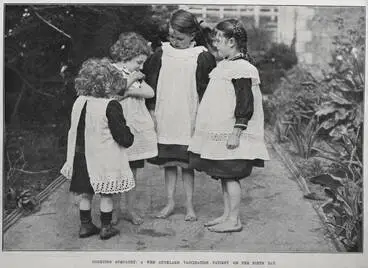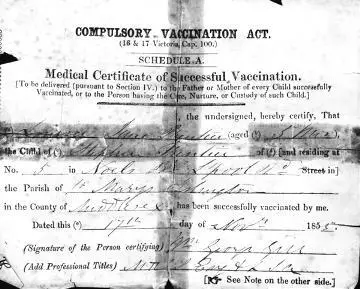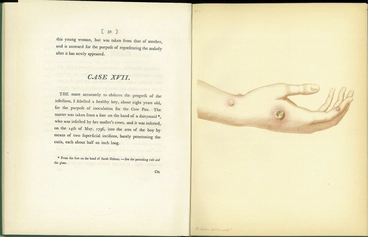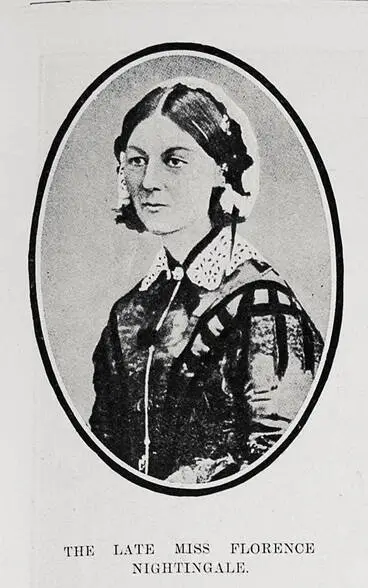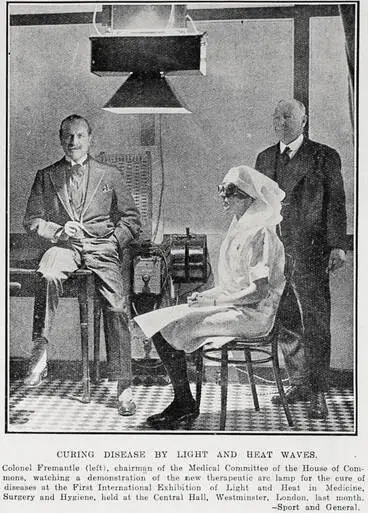Epidemics and Pandemics: The Science
A DigitalNZ Story by National Library Services to Schools
What are microorganisms, how do they spread and how does the human body defend itself against them? Examining the science of epidemics and pandemics, this story also looks at some of the influential people who made a difference in treating diseases.
BACKGROUND
Germs, known by their scientific name as microorganisms or microbes, have existed on our planet since life began. In fact, the first life on Earth were microorganisms that are believed to have developed soon after our planet's oceans were formed. Most microorganisms are highly beneficial and our lives would not be possible without them. However, some microorganisms are responsible for a range of deadly diseases which humans have been fighting for centuries.
Before groundbreaking discoveries by scientists who identified different types of microorganisms and their functions and subsequently developed treatments to help combat them, epidemics and pandemics were a regular occurrence that killed millions. People lived in constant fear of disease.
This story helps shed light on microorganisms, the cause of epidemics and pandemics, as well as the mechanisms our bodies and scientists have developed to combat them.
CONTENTS
- Germs - what are they?
- Transmission - how microorganisms are spread
- Zoonotic diseases
- Our body's natural defences
- Antibioctics
- Immunisation & vaccination
- Influential people
- Glossary
- Other resources.
GERMS - WHAT ARE THEY?
Tiny living organisms, germs come in different types, shapes and sizes. Some microorganisms comprise of a single cell (unicellular) whilst others are multicellular (made up of more than one cell).
Microorganisms live in or on every living thing on our planet - humans, plants and animals. They are also present in every possible ecosystem including in soils, in desert environments, the polar regions, forests and waterways and oceans. This marks microorganisms as incredibly adaptable.
It is thought that Wolbachia, a type of bacteria that inhabits the cells of insects and arthropods, is the most dominant life form on Earth.
QUICK FACTS
Microorganisms (microbes/germs) can be grouped into four categories:
bacteria — these tiny creatures live in every conceivable place on the planet; a billion bacterium would fit in a teaspoon!
viruses — even tinier than bacteria, viruses are parasitic and can mutate (change) quickly.
fungi — made up of many cells, fungi prefer warm, moist places and produce spores in order to spread.
protozoa — mostly living in the water (water-borne), protozoa eat bacteria as well as other living things.
protozoa, Plasmodium lygosomae Laird, 1951
Museum of New Zealand Te Papa Tongarewa
Endophyte infection of ryegrass
Manatū Taonga, the Ministry for Culture and Heritage
Pathogenous Bacteria
University of Otago
TRANSMISSION - HOW MICROORGANISMS ARE SPREAD
In their bid to survive and multiply, microorganisms have developed a multitude of ways to invade our bodies. However, in response, the human body has developed it's own ways of combating pathogens. Pathogens can be transmitted from one person to another in a number of ways.
Through the work of scientists, poor hygiene was eventually identified as a cause of the transmission of many diseases and as a result living conditions in some countries gradually improved. Measures included things like proper sewage systems, the provision of clean, uncontaminated drinking water, and personal hygiene measures such as regular washing with soap.
In 1847 German-Hungarian physician Ignaz Semmelweis made public his findings showing the importance of hand disinfection in hospitals to significantly reduced death rates. His ideas were rejected by other doctors, however, during the Crimean War between 1853-1856, Florence Nightingale followed this practice religiously and saved many soldier's lives.
Good hygiene practices are recognised as important in lessening the spread of pathogens.
Archives New Zealand Te Rua Mahara o te Kāwanatanga
QUICK FACTS
Microorganisms (microbes, pathogens) are transmitted in the following ways:
Touching — shaking hands or touching another person can transfer microbes. Germs can also live for a time on objects and be transferred to people that way too.
Breathing — tiny microbes can live in the air for short periods of time and so if an infected person coughs or sneezes, the germs can be inhaled by another person.
Eating — some microbes live in food and can be transferred to people by simply eating (ingesting).
Drinking — water can become contaminated by microbes that will happily find a new home inside the human body.
Through insects — insects can carry microbes and transfer them onto the food we eat. Mosquitoes transfer the microbe malaria when they bite.
Terry Binding WEMO Photograph 18
UC QuakeStudies
House Fly family
iNaturalist NZ — Mātaki Taiao
Kenyon, Brand and riggs, shaking hands
Alexander Turnbull Library
ZOONOTIC DISEASES
Also known as zoonoses, these are diseases that pass from animals to humans. They take the form of bacteria, parasites, fungi or viruses. 60% of known infectious diseases are believed to be zoonotic, as well as 75% of emerging diseases. Transmission can happen in different ways such as:
- through bites from animals
- contact with unwell animals
- eating undercooked meat
- consuming unpasteurised milk
- drinking contaminated water.
The following diseases are zoonotic:
- rabies
- leptospirosis
- anthrax
- SARS
- MERS
- yellow fever
- dengue fever
- HIV
- Ebola
- Chikungunya
- coronaviruses
- malaria
- salmonella
- campylobacter
Domestic chickens can carry Avian or Bird Flu and pass this on to humans.
iNaturalist NZ — Mātaki Taiao
QUICK FACTS
When we make changes to our environment, nature responds, usually in ways which harm humans. Increasing incidences of zoonotic disease are occurring due to human activities such as:
- forcing animals into closer contact with humans by widespread removal of forests, known as deforestation
- very intensive land use for agriculture and farming animals
- bringing wild animals into populated areas through the illegal wildlife trade
- increasing pollution that contributes to climate change
- overuse of some medicines causing germs to develop resistance.
Slide: Bats in tree
New Zealand Maritime Museum
Pigs
Nelson Provincial Museum
Ship Rat
iNaturalist NZ — Mātaki Taiao
OUR BODY'S NATURAL DEFENCES
Our bodies have developed a complex raft of defences against pathogens known as the immune system. A combination of methods is deployed starting on the surface of the body and ending with the last line of defence - attack by a combination of cells that roam the body and work together to kill pathogens.
It requires a healthy immune system to effectively fight disease and those with systems not working well are at greater risk from pathogens. This includes the elderly and people who have underlying serious health conditions.
Scientists are constantly researching and testing to find ways to help our body's natural defences, particularly against very virulent pathogens or mutated viruses that our bodies haven't encountered before and therefore have no immunity against.
Scientists look for ways to help the immune system fight infection.
Manatū Taonga, the Ministry for Culture and Heritage
QUICK FACTS
Our bodies have three lines of defence against pathogens:
- the first line of defence — our skin and mucus membranes help stop microbes invading our body. When we cut ourselves, our blood clots to prevent microbes from entering, and our stomachs produce acid that kills germs. Tears also help wash pathogens away.
- the second line of defence — our bodies send out white blood cells to break down any microbes that have entered our systems.
- the last line of defence — our immune system kicks in and produces antibodies specifically designed to attack and digest the invading pathogen.
Once our body has fought and won the battle against a particular pathogen, it will remember that microbe and know exactly what to do if it invades again. In this way, our bodies build what is called natural immunity.
Natural immunity was first noted in 430 BC in Athens when victims of the plague who had recovered, did not become reinfected.
Model, Anatomical
Puke Ariki
[Crying infant]
Auckland War Memorial Museum Tāmaki Paenga Hira
Blood donor, 1952
Manatū Taonga, the Ministry for Culture and Heritage
ANTIBIOTICS
Antibiotics are medication prescribed to fight infections caused by bacteria. They work by targeting and killing bacterial cells while leaving our body's healthy cells intact.
Most antibiotics are developed from naturally occurring living organisms. The discovery that a fungus could kill bacterial pathogens was made in 1928 by Englishman Alexander Fleming and was a breakthrough in the treatment of these types of infections. The antibiotic became known as Penicillin and was much safer for patients than the disinfectants that were commonly in use at the time. Penicillin is still commonly used today.
Antibiotics are effective against bacteria.
Manatū Taonga, the Ministry for Culture and Heritage
QUICK FACTS
- Before the development of antibiotics many cultures used plant extracts or food to treat bacterial infections. e.g. in Egypt, mouldy bread was used.
- The first antibiotic was developed in the late 19th century by Paul Ehrlich, a German physician. He called his discovery chemotherapy, meaning to treat disease with a chemical.
- The term antibiotic was first used by Ukrainian-American inventor and microbiologist Selman Waksman around 1939; Waksman discovered over 20 antibiotics during his lifetime.
- Penicillin was widely used during the second world war and was referred to as 'the wonder drug' because it saved so many lives.
- In 1945, Alexander Fleming shared the noble prize in Medicine with Howard Florey and Ernst Chain for their work in mass-producing penicillin.
Researching amoebic meningitis
Manatū Taonga, the Ministry for Culture and Heritage
IMMUNISATION & VACCINATION
To be immunised against a disease means being given a vaccine. Vaccines are designed to prevent infection by pathogens rather than fight them. They help the body's immune system recognise specific pathogens and produce antibodies to attack them.
The development of vaccines changed the world and is considered one of medicines greatest accomplishments. Before vaccines were in common usage, humans had little control over diseases and many more people died as a result. In many countries, deadly diseases have been eradicated by the use of vaccines.
Vaccination helps stop the occurrence of epidemics and pandemics as it reduces a pathogen's ability to spread.
Immunisation has a long history of saving lives around the world.
Alexander Turnbull Library
QUICK FACTS
- It is believed that the first inoculations against smallpox, occurred in China and India as early as 200 BC.
- To help the body develop immunity, vaccines introduce a small amount of the pathogen they are designed to fight into our bodies.
- African slaves taken to America introduced the procedure of variolation that was used successfully against a smallpox epidemic in Boston in 1721.
- While it is hard to know exactly how many lives have been saved by vaccines, it is estimated that the measles vaccine alone has saved 17.1 million lives since 2000.
- It takes years to produce a vaccine; the cost of developing and making available one vaccine is approximately $2 billion.
Courting Sympathy
Auckland Libraries
Vaccination certificate: Louisa Prentice
Wairarapa Archive
An unidentified man testing Asian flu vaccine product at the Tasman Vaccine Laboratory in Upper Hutt
Alexander Turnbull Library
INFLUENTIAL PEOPLE
Throughout history scientists working in the field of medicine have made a huge contribution to humanity through research and experimentation (sometimes even on themselves!) They have identified the existence of microorganisms and discovered how they are transmitted, come to understand the human immune system, and produced medicines to prevent disease as well as help our bodies fight them. This work has saved millions of lives.
Edward Jenner pioneered the smallpox vaccine.
University of Otago
QUICK FACTS
- Emperor K'ang Hsi of China championed the earliest known inoculations in China in the 1600s, against smallpox.
- Building on the work of Louis Pasteur, German Robert Koch won the Nobel Prize in 1905 for his work in developing drugs to fight bacterial diseases.
- English physician and pioneer of epidemiology (the study of epidemics) John Snow, correctly identified that cholera was transmitted through the mouth rather than the air as previously thought.
- Australian nurse Elizabeth Kenny became well known in America for her revolutionary rehabilitation methods for polio sufferers that involved applying heat to muscles rather than keeping limbs locked in place with casts and splints.
The Late Miss Florence Nightingale
Auckland Libraries
GLOSSARY
Definitions below taken from the Oxford Learner's Dictionary.
eradicated — to destroy or get rid of something completely, especially something bad (wipe out).
inoculation — an act of protecting a person or an animal from catching a particular disease by injecting them with a mild form of the disease.
membranes — a thin layer of skin or tissue that connects or covers parts inside the body.
microorganisms/microbes — an extremely small living thing that you can only see under a microscope and that may cause disease.
parasitic/parasites — a small animal or plant that lives on or inside another animal or plant and gets its food from it.
pathogens — a thing that causes disease.
rehabilitation — the process of helping somebody to have a normal, useful life again after they have been very ill or in prison for a long time.
spores - one of the very small cells that are produced by some plants and that develop into new plants.
transmission — the act or process of passing something from one person, place or thing to another.
uncontaminated — not harmed by something (for example, dangerous or dirty substances).
unpasteurised — to pasteurise is to heat a liquid, especially milk, to a particular temperature and then cool it, in order to kill harmful bacteria.
variolation — inoculation of material from the pocks of variola (smallpox).
virulent — extremely dangerous or harmful and quick to have an effect.
An example from the 1920s of scientists exploring ways to cure disease.
Auckland Libraries
OTHER RESOURCES
GERMS (MICROORGANISMS/MICROBES)
Bird Flu — discussion about avian influenza.
Early life on Earth — the earliest life forms we know of were microscopic organisms (microbes) that left signals of their presence in rocks about 3.7 billion years old.
Germs and diseases — every time you breathe in or touch something your body picks up microorganisms.
Infectious Agents — people get sick when another organism, big or small, invades their body and infects them.
Microorganisms - friend or foe? — we can’t see them, we can’t hear them or feel them, but they are with us.
Microbes and the human body — the surfaces of the human body inside and out, for example, the skin, mouth and the intestines, are covered in millions of individual micro-organisms that don’t do us any harm.
Misunderstood microbes - despite common misconceptions, most microbes are more helpful than harmful to humans and the planet.
Natural World: Microscopic Images — explore microscopic images of objects that are part of our natural world.
Viruses — it doesn’t breathe, it doesn’t eat, it doesn’t excrete, and it doesn’t grow – so it can’t be alive, can it?
What are zoonotic diseases? — zoonotic diseases, which pass from animals to humans, kill millions of people every year. Where do they come from and how can we avoid them?
Zoonoses — identifying and tracing zoonoses - human diseases that come from animals.
Zoonotic diseases — around 60 per cent of all infectious diseases in humans are zoonotic, as are 75 per cent of all emerging infectious diseases, in other words, they come to us via animals.
OUR BODY'S DEFENCE MECHANISMS
Fighting infection — we all get sick from time to time and don’t feel too good. At this time, our bodies are busy working to make us well.
The body's first line of defence — your body has a two-line defence system against pathogens (germs) that make you sick.
The body's second line of defence — if the pathogens are able to get past the first line of defence, the second line of defence becomes active.
The immune system — the function of the immune system is to protect an individual against becoming sick from an infection.
THE ROLE OF SCIENCE
Brought to life: Exploring the history of medicine — an extensive resource for the exploration of the history of medicine from the British Science Museum.
Fighting infection timeline — this timeline provides a look at some of the historical aspects of fighting infections.
Reducing infectious diseases — scientists are currently working on developing and/or implementing vaccines and therapies.
Resistance: When Antibiotics Don't Work — how do antibiotics work? What will happen if they don’t?
Scientists explore new technology to wipe out Zika mosquitoes — health authorities in Colombia confirm that the Zika virus can be fatal.
Smallpox and the story of vaccination — Edward Jenner developed the first vaccine to prevent smallpox infections, and this success led to the global eradication of smallpox and the development of many more life-saving vaccines.
The Iron Lung — the iron lung was large, cumbersome and very expensive, but it saved the lives of thousands of polio victims.
The Surprising Way Drugs Become Useless Against Bacteria — the World Health Organization considers antibiotic resistance one of the biggest threats of the 21st century.
Variolation — in Asia, practitioners developed the technique of variolation—the deliberate infection with smallpox.
Vaccines and therapies — before the 20th century, infectious diseases were an uncontrollable and constant danger.
Vaccines: The History — an exploration of the role of immunization in the human experience.
Vaccines: A timeline — evidence exists that the Chinese employed smallpox inoculation as early as 1000 CE.
Vaccines: How they work — vaccines work by mimicking disease agents and stimulating the immune system to build up defences against them.
WHO: How do vaccines work? — a short clip from the World Health Organisation about vaccines.
INFLUENTIAL PEOPLE
Abu Ali al-Husayn ibn Abdullah ibn Sina (Ibn Sina) (980-1037 CE) — Abu Ali al-Husayn ibn Abdullah ibn Sina, known as Ibn Sina, and in the West as Avicenna, was one of the most celebrated philosophers and physicians in the early Islamic Empire.
Abu Bakr Mohammad Ibn Zakariya al-Razi (Rhazes) (865-925 CE) — Abu Bakr Mohammad Ibn Zakariya al-Razi, known in the West as Rhazes, was the leading scholar of the early Islamic world.
Alexander Fleming (1881-1955) — Fleming was a Scottish bacteriologist best known for his discovery of penicillin.
Edward Jenner (1749-1823) — a pioneer of the smallpox vaccine, Jenner's work would go on to save countless lives.
Florence Nightingale - a pioneer for hand washing and hygiene for health — Florence Nightingale, who was born 200 years ago, is rightly famed for revolutionising nursing.
Françoise Barré-Sinoussi (born 1947) — a French virologist who shared the Nobel Prize in 2008 for identifying the human immunodeficiency virus (HIV), the cause of acquired immunodeficiency syndrome (AIDS).
Harald zur Hausen (born 1936) — a German virologist who shared the Nobel Prize in 2008 for identifying the human immunodeficiency virus (HIV), the cause of acquired immunodeficiency syndrome (AIDS).
John Snow (1813-1858) — Snow was a British physician who identified the source of a cholera outbreak in 1854.
Jonas Salk (1914-1995) — Salk was an American physician and medical researcher who developed the first safe and effective vaccine for polio.
Joseph Lister (1827-1912) — Lister began experimenting with chemicals to clean patients' wounds (antiseptics) and became known as 'the father of modern surgery'.
June Almeida — scientific pioneer June Almeida is finally being acknowledged for virology breakthroughs she made a half-century ago.
Lady Mary Wortley Montagu (1689-1762) — Lady Montagu was responsible for the introduction of the smallpox inoculation to Britain and Western Europe.
Louis Pasteur (1822-1895) - the French chemist Louis Pasteur developed germ theory, which became central to our understanding of disease.
Luc Montagnier (born 1932) - Montagnier received the Nobel Prize in 2008 for identifying the human immunodeficiency virus (HIV), the cause of acquired immunodeficiency syndrome (AIDS).
The life of Florence Nightingale (1820-1910) — Nightingale implemented new practices that improved conditions for injured soldiers during the Crimean War of 1854.
Robert Koch (1843-1910) — the German doctor Robert Koch is considered the founder of modern bacteriology.
Sister Elizabeth Kenny (1880-1952) — Elizabeth Kenny was an Australian nurse who developed innovative yet highly controversial treatments for polio.
This story was curated and compiled by Te Puna Mātauranga o Aotearoa | National Library of New Zealand, Services to Schools staff, April 2020.
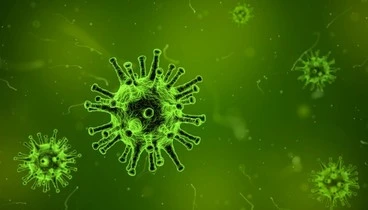
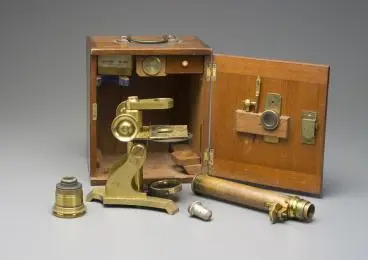

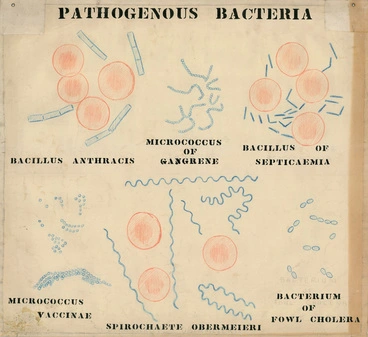
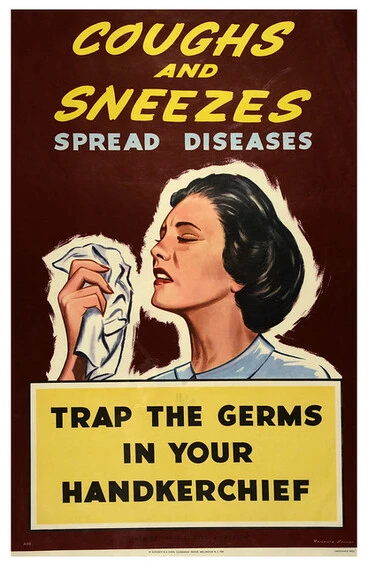
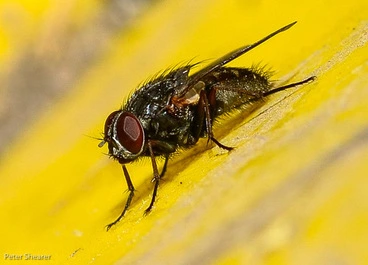
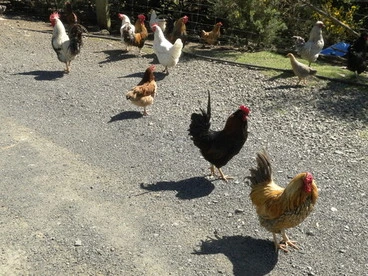
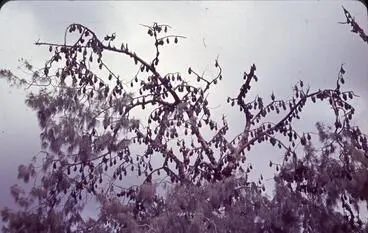
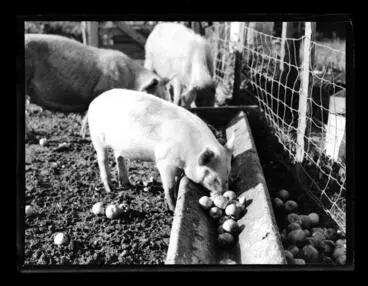
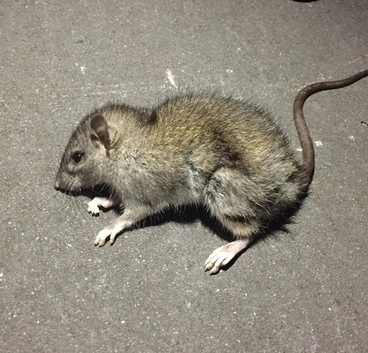

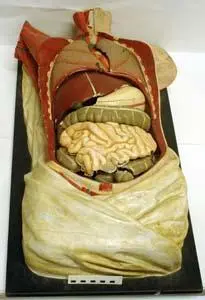
![[Crying infant] Image: [Crying infant]](https://thumbnailer.digitalnz.org/?resize=770x&src=https%3A%2F%2Fcollection-api.aucklandmuseum.com%2Frecords%2Fimages%2Fmedium%2F574633%2F479f65dc4438359524ede9e1a801a14ef8cd5772.jpg&resize=368%253E)



